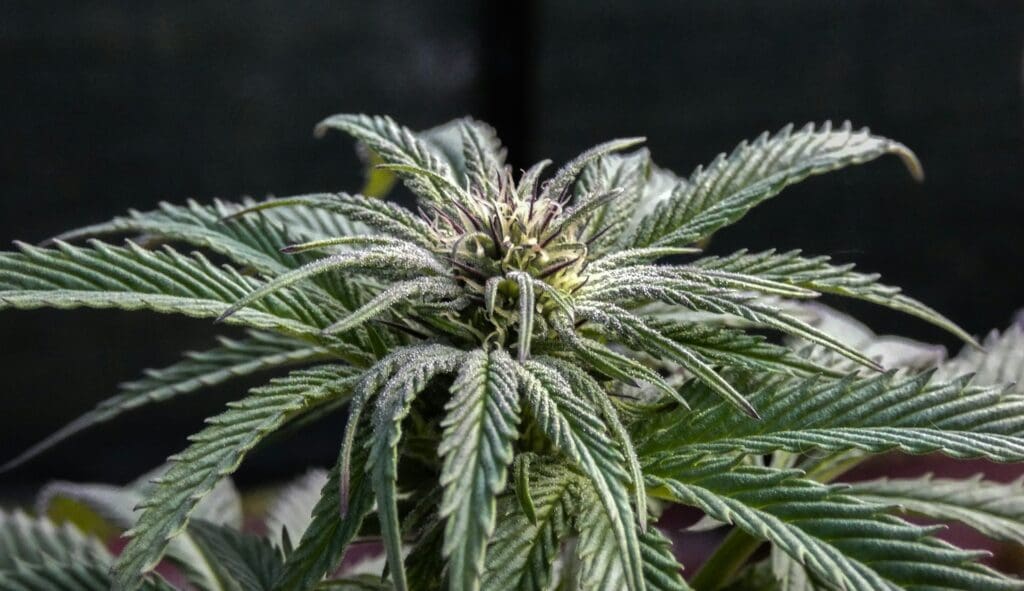Cannabis remains a topic of medical importance and cultural curiosity in the UK. Its use, both for fun and healing, has woven a complex story into British society. The relevance of cannabis today stretches from its medical benefits to its role in political and legal discussions.
While it has been legal for medical reasons since 2018, the full impact is still unfolding. The acceptance of cannabis in treatments shows a shift towards recognising its benefits for conditions like pain and anxiety. This shift suggests a move away from old stigmas.
Meanwhile, public support for legalising recreational use is growing. Yet, concerns arise over the strength of cannabis available, legal or not, raising safety worries. The debate between Indica and Sativa is evolving, with research revealing a more intricate relationship between cannabinoids and terpenes beyond simple labels.
The Traditional Indica vs Sativa Classification
In discussing the historical classification of the Indica vs Sativa species closely, one needs to have an insight into their origin and most common traits. These terms were first given for the physical features and green plants that made up the cannabis plants.
It was actually the taller and thinner leaves that were grown in Europe and the western part of Asia that Carl Linnaeus named the sativa plants. Jean-Baptiste Lamarck placed the name Indica splendidly because cannabis from India had smaller and bushier flowers with strong psychoactive properties.
Indica strains, according to traditional tales, are used to soothe anxiety, promote restfulness, and reduce pain and sleep problems. They tend to be liked for nighttime diversion. Sativa strain is related to energising effects that could enhance mood and cognition, and motivate and improve social interaction.
But, we take these criteria as not so fundamental any more. The current breeding techniques combine these traits, and the true product of marijuana is much better to be judged based on actual chemical profiles like cannabinoids and terpenes rather than Indica and Sativa.
Debunking Myths: The Science of Cannabis Strains
The traditional labels of Indica or Sativa oversimplify cannabis. These categories don’t fully reflect the plant’s true complexity. Here’s a breakdown from a scientific angle:
- Genetic Overlap: Studies show a lot of genetic mixing between Indica and Sativa strains. This suggests that these labels don’t hold up scientifically.
- Chemical Profiles: What really affects the experience with cannabis are specific chemicals like cannabinoids and terpenes, not whether a strain is labelled Indica or Sativa.
- Consumer Misconceptions: This simple labelling can confuse users about what effects to expect, sometimes leading to surprising experiences.
Understanding these points highlights the need for a more scientific method of classifying cannabis strains. This knowledge could help consumers make more informed choices and improve the accuracy of product descriptions, boosting both satisfaction and trust in the cannabis industry.
Modern Understanding of Cannabis Effects
Recent studies on cannabis have shifted focus from traditional Indica and Sativa labels to the detailed interaction between cannabinoids and terpenes. This novel approach is vital for both medical users and researchers exploring the plant’s therapeutic capabilities.
Terpenes, aromatic compounds present in all plant oils, not only define cannabis’s scent and flavour, but also enhance the effects of cannabinoids like THC and CBD through the “entourage effect.”
This synergy could improve medicinal benefits by aligning specific chemical profiles to target health conditions such as pain, inflammation, and anxiety more effectively. By understanding these interactions, medical professionals and patients can customise treatments based on a comprehensive profile of active compounds, moving beyond basic strain classifications.
Implications for Consumers and the Industry
The way we understand cannabis is changing, moving beyond the basic Indica vs. Sativa categories. This shift is shaping how consumers make choices and how products are labelled in the industry.
People now want to know more about what they’re buying, like the cannabinoid content, how strong it is, and what terpenes it contains. They’re looking for clear, detailed information on these products, which has led to changes in product testing, labelling, and marketing.
Labels on cannabis products have become more detailed, thanks to innovations in testing methods such as high-performance liquid chromatography and gas chromatography-mass spectrometry.
These techniques gauge cannabinoids and terpenes, making sure product labels offer precise and useful information. Also, QR codes on packages now link to specific lab results for each batch, giving consumers a clear view of what’s in their products..
This push for more information has met consumer demand and regulatory trends focusing on safety and transparency. The outcome is a win-win: consumers get more accurate product information, and the cannabis industry gains trust through higher standards of honesty in marketing.
Revealing the Truth: Modern Insights into Cannabis Strains
The old way of dividing cannabis into Indica and Sativa is too simple. Current research tells us to think beyond these categories to really get what cannabis does.
The real game changers are cannabinoids and terpenes, not just the strain type. This knowledge is crucial for both consumers and industry experts to make choices based science.

